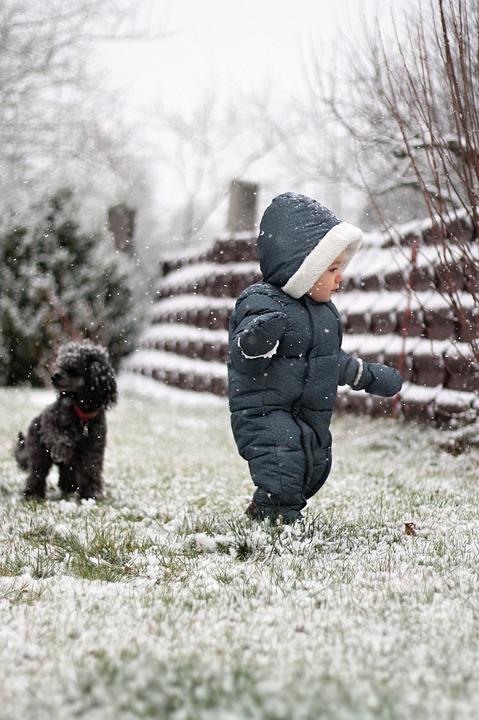Visiting the veterinarian can be a stressful experience for dogs. The unfamiliar environment, strange smells, and the presence of other animals can easily trigger anxiety and fear in our furry friends. However, as responsible pet owners, there are several measures we can take to create a calm and soothing atmosphere for our dogs during vet visits. In this article, we will explore effective strategies to help your canine companion stay relaxed and stress-free, ensuring a positive experience for both your dog and the veterinary staff.
Choosing the Right Vet and Practice
Selecting a veterinarian who understands and specializes in handling anxious dogs is crucial. Look for a vet who is known for their gentle and compassionate approach towards animals. Additionally, consider visiting a veterinary practice that provides separate waiting areas or designated times for pets with anxiety, minimizing the exposure to other animals and reducing stress.
Gradual Desensitization
Before the actual vet visit, it is beneficial to gradually accustom your dog to the sights, sounds, and smells associated with a veterinary clinic. Start by taking short visits to the clinic where your dog is not receiving any treatment. This will allow your dog to gradually become more comfortable with the environment and associate it with positive experiences, such as treats, praise, and playtime.
Familiarize Your Dog with Handling
Regularly handle your dog’s paws, ears, and mouth at home to get them used to being touched in a similar way to what they may experience during a vet examination. This practice will help reduce your dog’s anxiety and make them feel more comfortable during routine check-ups.
Utilize Calming Techniques
Implement calming techniques to help relax your dog during vet visits. Consider using a Thundershirt, which applies gentle pressure and has been shown to reduce anxiety in dogs. Playing soothing music or using pheromone diffusers, such as Adaptil, can also help create a calm atmosphere. Additionally, consult your vet about natural supplements or medications that can be administered prior to the visit to help alleviate anxiety.
FAQs (Frequently Asked Questions)
Q: Can I bring my dog’s favorite toy or blanket to the vet visit?
A: Absolutely! Bringing familiar objects, such as toys or blankets with your dog’s scent on them, can provide a sense of comfort and security during the visit.
Q: What if my dog becomes aggressive or fearful during vet visits?
A: If your dog displays signs of aggression or fear, it is essential to inform your vet beforehand. They can then make necessary arrangements to ensure the safety of all parties involved. In extreme cases, a professional dog behaviorist may be consulted to address the underlying issues.
Q: Are there any specific dog breeds that are more prone to anxiety during vet visits?
A: While anxiety can affect any dog, certain breeds tend to be more predisposed to stress. Breeds such as Chihuahuas, Cocker Spaniels, and Shetland Sheepdogs are known to be more prone to anxiety. However, it is important to remember that every dog is unique, and individual experiences may vary.
Q: How can I help my dog recover from a negative vet visit experience?
A: If your dog has had a negative experience at the vet, it is essential to rebuild their trust gradually. Continue implementing desensitization techniques and try seeking the assistance of a positive reinforcement-based dog trainer or behaviorist to help your dog overcome their fears.
By following these strategies and being proactive in creating a calm environment, you can significantly reduce your dog’s stress levels during vet visits. Remember, a relaxed and happy dog will not only make the experience more pleasant for them but also facilitate the veterinarian’s ability to provide the best possible care.









